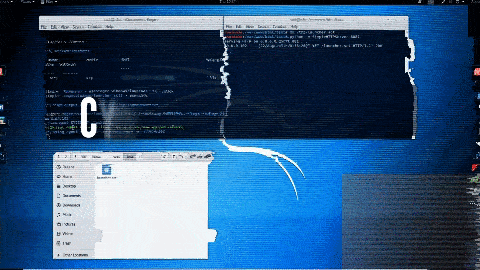Cyberattack Series: Security in Action
We put our cybersecurity to the test against real-world attack scenarios. Get a behind the scenes look at our security experts and technology in action against these seven attacks:
- Phishing + Command & Control (C2)
- Regsvr32 + User Account Control (UAC) Bypass
- Mimikatz
- Brute Forcing (Passwords)
- NMAP Recon
- Ransomware
- USB Rubber Ducky
Watch the Cyberattack Series Webinar on demand.












